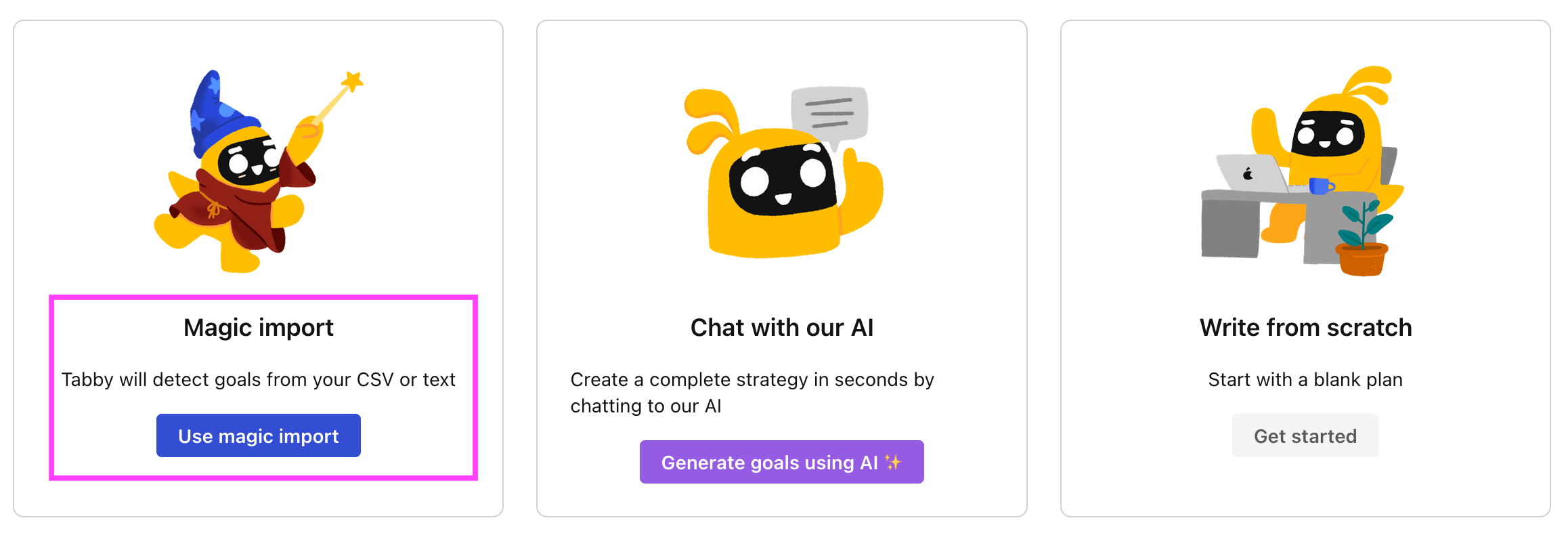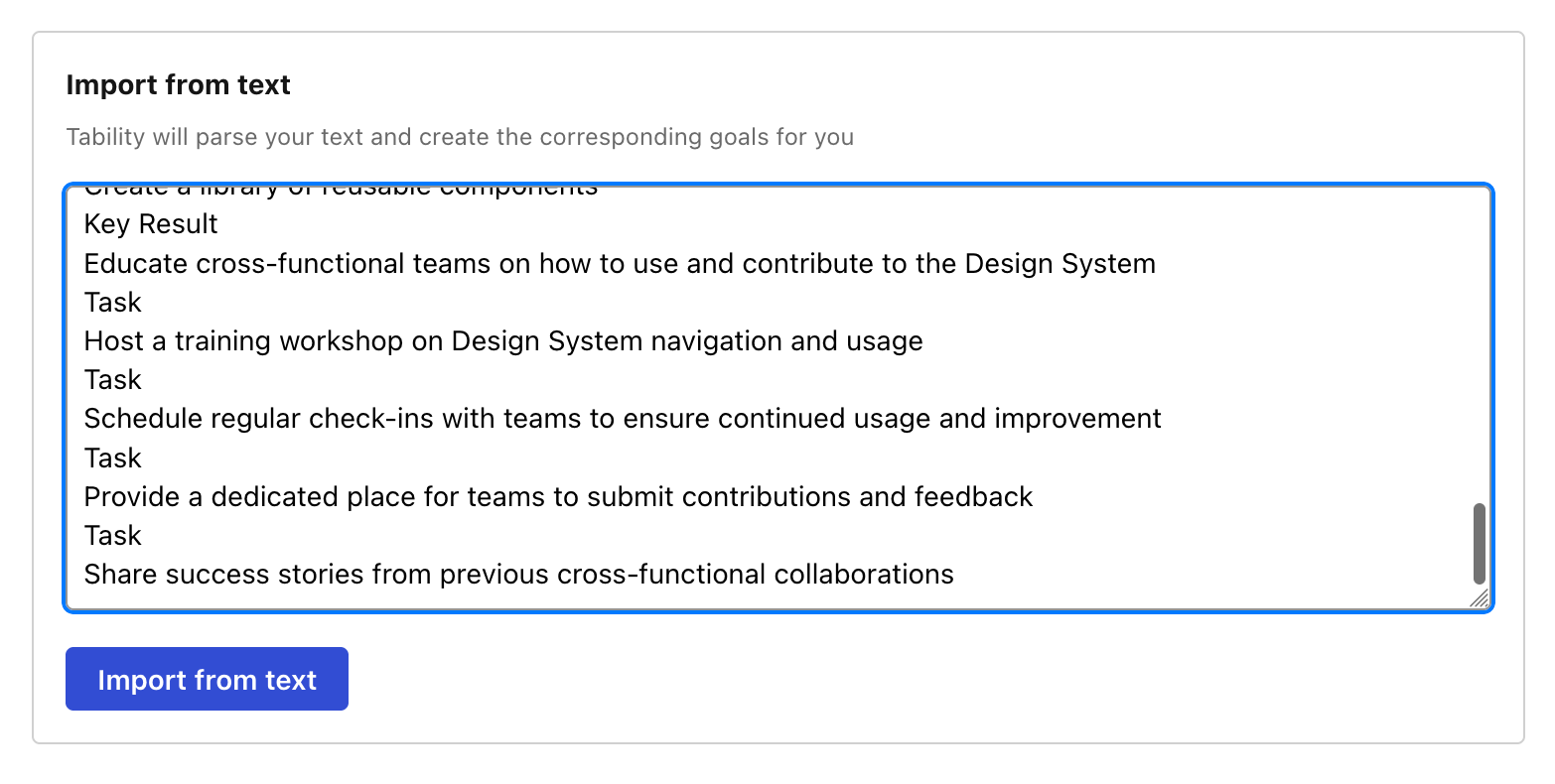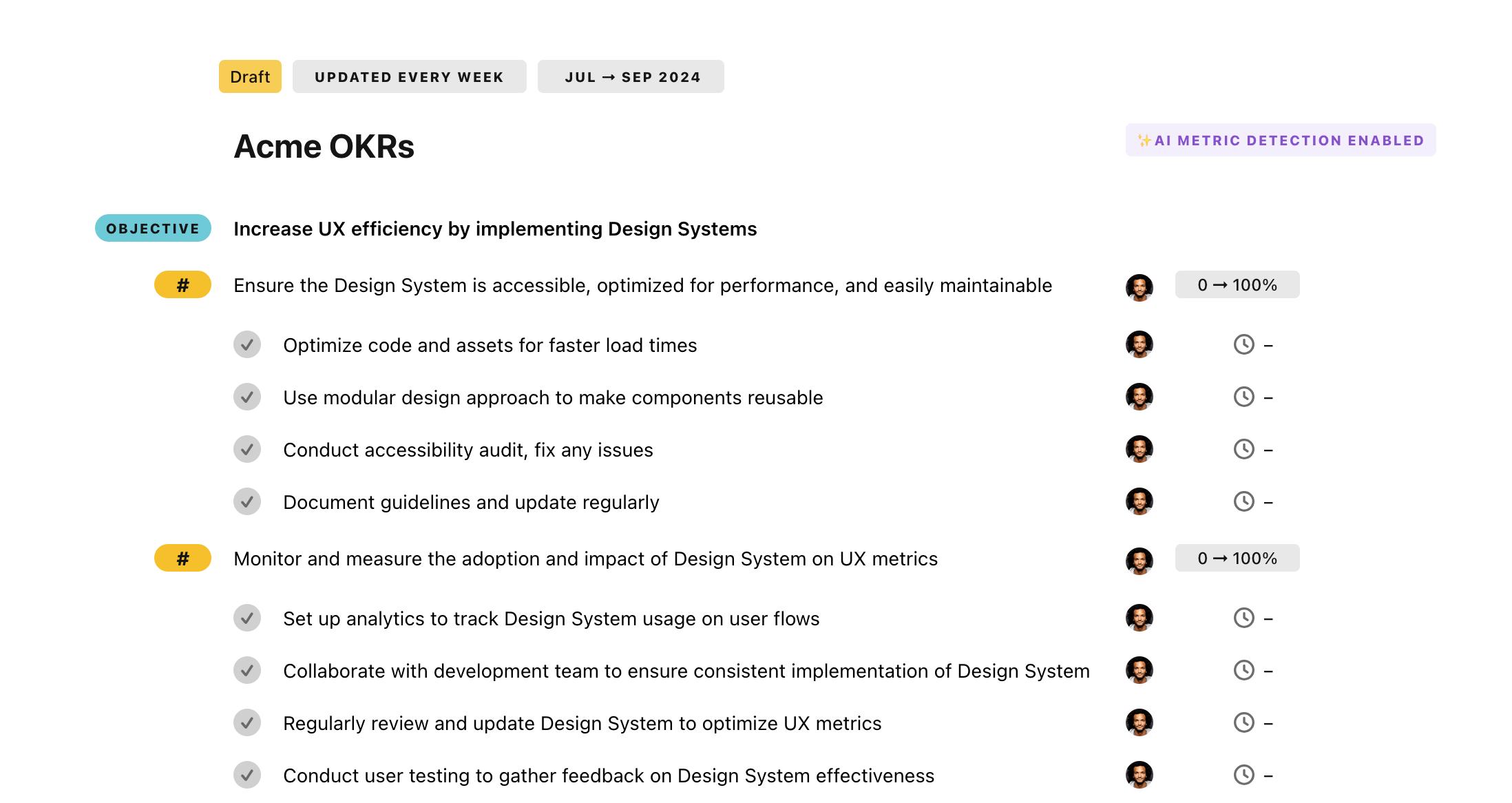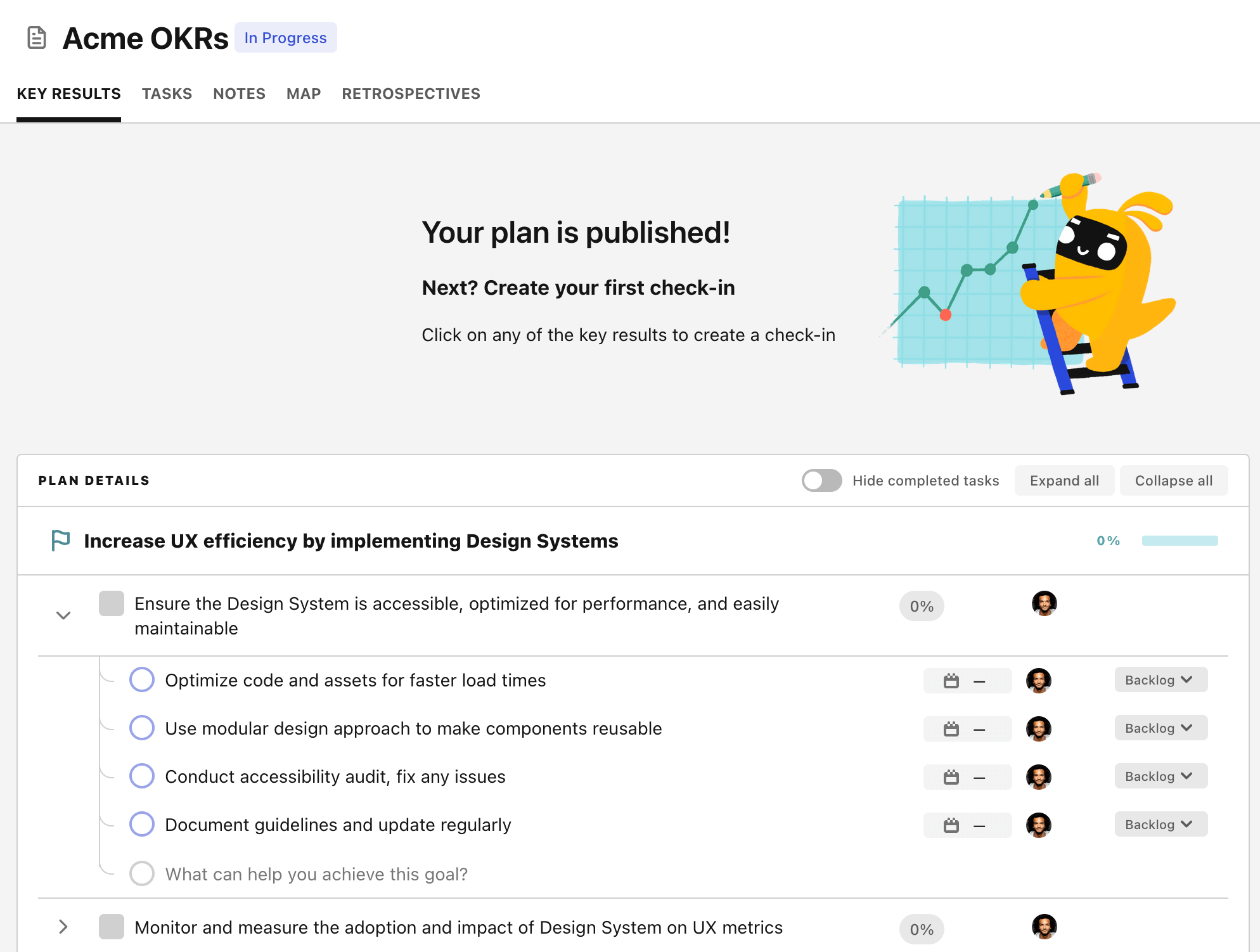OKR template to improve efficacy of maintenance request processing
Your OKR template
The second outcome detailed in the OKR is the implementation of a new maintenance request tracking system. It aims to streamline maintenance requests, improving both response time and customer satisfaction. The initiatives for this outcome include selecting and purchasing a tracking system, developing a staff training program, and conducting training for all staff members.
Another outcome stated in the OKR is to reduce the average response time for maintenance request by 25%. This is directly associated with efficacy, as it reduces wait times for clients, enhancing their overall experience and satisfaction. Initiatives here include the adoption and implementation of the new tracking system, staff training for quicker problem-resolution, and prioritization of critical maintenance requests.
Overall, this OKR presents a cohesive plan to improve maintenance request processing by enhancing service quality, implementing a robust tracking system, and reducing response times. It also emphasizes staff training and incorporation of customer feedback for continuous improvement and quality delivery of service.
ObjectiveImprove efficacy of maintenance request processing
KRAchieve a 95% positive satisfaction rating on maintenance services
Provide professional development training to all maintenance staff
Regularly survey clients regarding maintenance satisfaction
Implement a rigorous quality control check for all maintenance services
KRImplement a new maintenance request tracking system with proper training for all staff
Select and purchase a maintenance request tracking system
Plan and develop a comprehensive staff training program
Schedule and conduct staff training sessions
KRReduce average response time for maintenance requests by 25%
Implement new, efficient maintenance request tracking system
Train staff in problem-solving and quick response
Prioritize urgent maintenance requests
How to edit and track OKRs with Tability
You'll probably want to edit the examples in this post, and Tability is the perfect tool for it.
Tability is an AI-powered platform that helps teams set better goals, monitor execution, and get help to achieve their objectives faster.
With Tability you can:
- Use AI to draft a complete set of OKRs in seconds
- Connect your OKRs and team goals to your project
- Automate reporting with integrations and built-in dashboard
Instead of having to copy the content of the OKR examples in a doc or spreadsheet, you can use Tability’s magic importer to start using any of the examples in this page.
The import process can be done in seconds, allowing you to edit OKRs directly in a platform that knows how to manage and track goals.
Step 1. Sign up for a free Tability account
Go tohttps://tability.app/signup and create your account (it's free!)
Step 2. Create a plan
Follow the steps after your onboarding to create your first plan, you should get to a page that looks like the picture below.

Step 3. Use the magic importer
Click on Use magic import to open up the Magic Import modal.
Now, go back to the OKR examples, and click on Copy on the example that you’d like to use.

Paste the content in the text import section. Don’t worry about the formatting, Tability’s AI will be able to parse it!

Now, just click on Import from text and let the magic happen.

Once your example is in the plan editor, you will be able to:
- Edit the objectives, key results, and tasks
- Click on the target 0 → 100% to set better target
- Use the tips and the AI to refine your goals
Step 4. Publish your plan
Once you’re done editing, you can publish your plan to switch to the goal-tracking mode.

From there you will have access to all the features that will help you and your team save hours with OKR reporting.
- 10+ built-in dashboards to visualise progress on your goals
- Weekly reminders, data connectors, and smart notifications
- 9 views to map OKRs to strategic projects
- Strategy map to align teams at scale